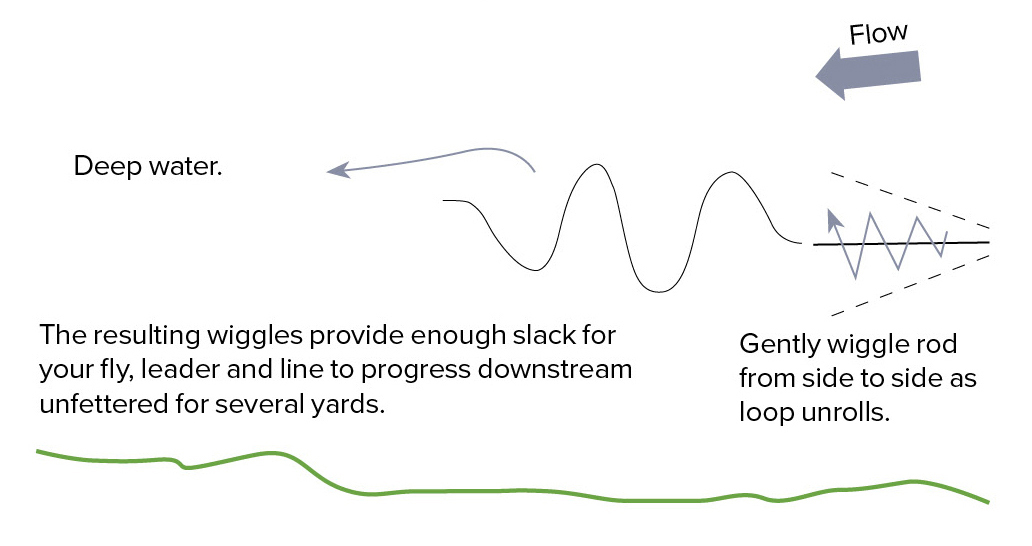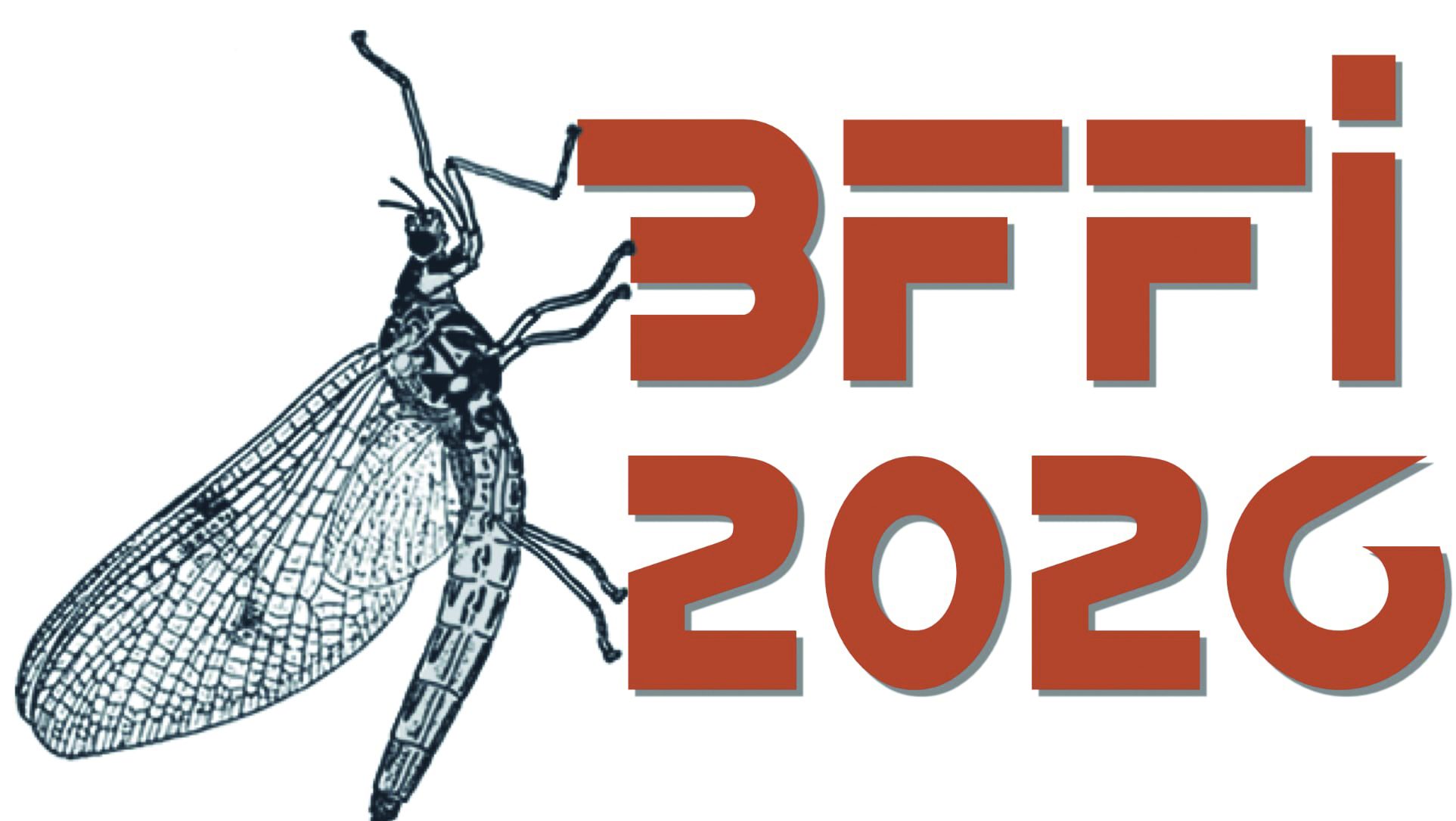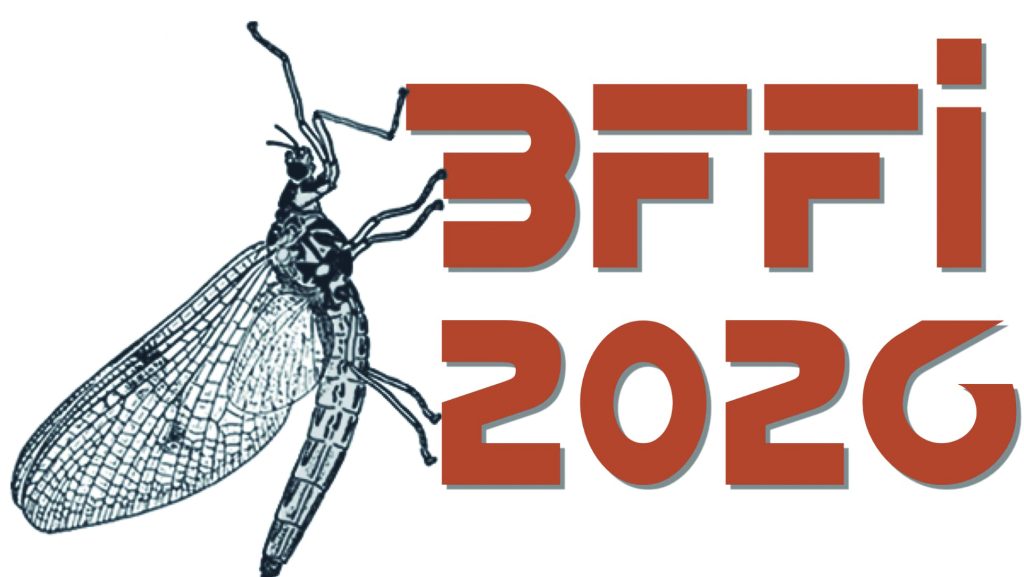How to deliver a downstream dry fly
Three casts that counter the river's current and avoid drag
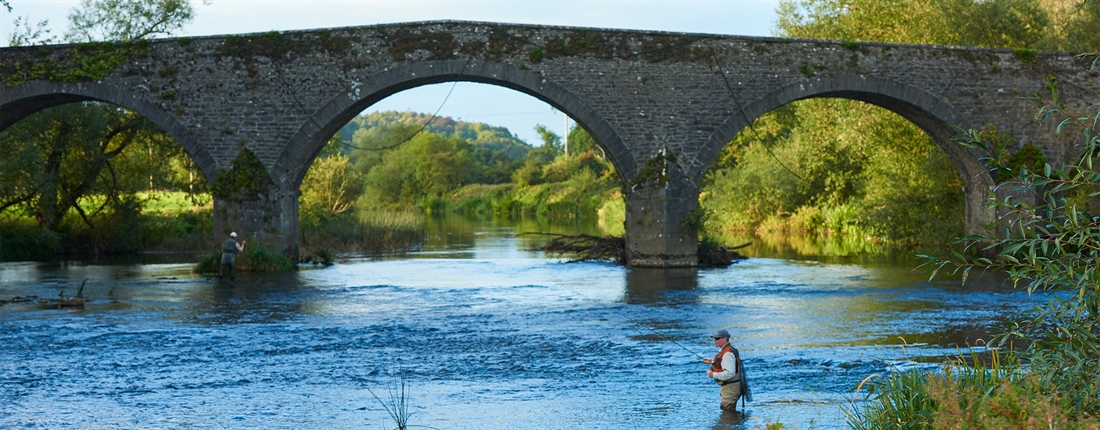
Where it’s impossible to cast upstream to a fish, it may be possible to present a dry-fly from above them with a type of downstream cast that prevents the current dragging your fly.
The simplest of these is a reach cast, where your rod is “laid off” to the side in an upstream direction while simultaneously slipping line into the cast so it reaches the target. Once your line has landed, track the line downstream with your rod in tempo with the surface currents (diagram 1).
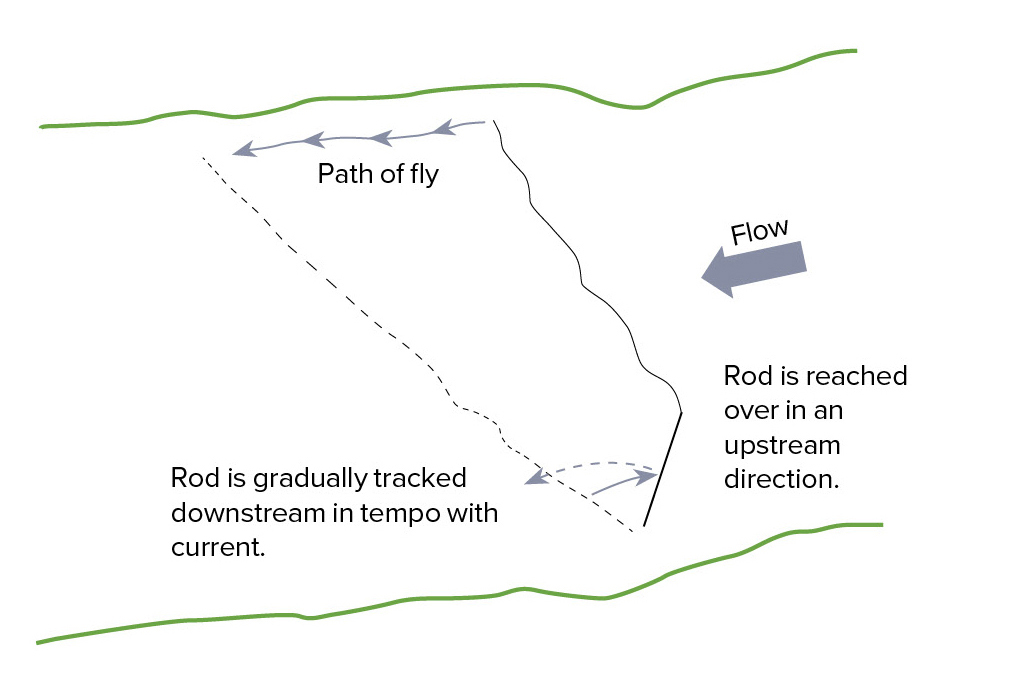
The reach cast has limitations, and if you’re after longer drag-free drifts, consider a slack-line cast. The best types are the “wiggle” and the “pile”. Arguably, the pile cast creates the greatest slack to allow your fly an unfettered drift. This is executed by using a high forward cast and as the fly-line unrolls, swiftly sweep the rod tip to the water, which collapses the forward cast for it to land in a series of wiggles (diagram 2). The problem with this cast is that it lacks impetus and can be blown off target in moderate breezes.
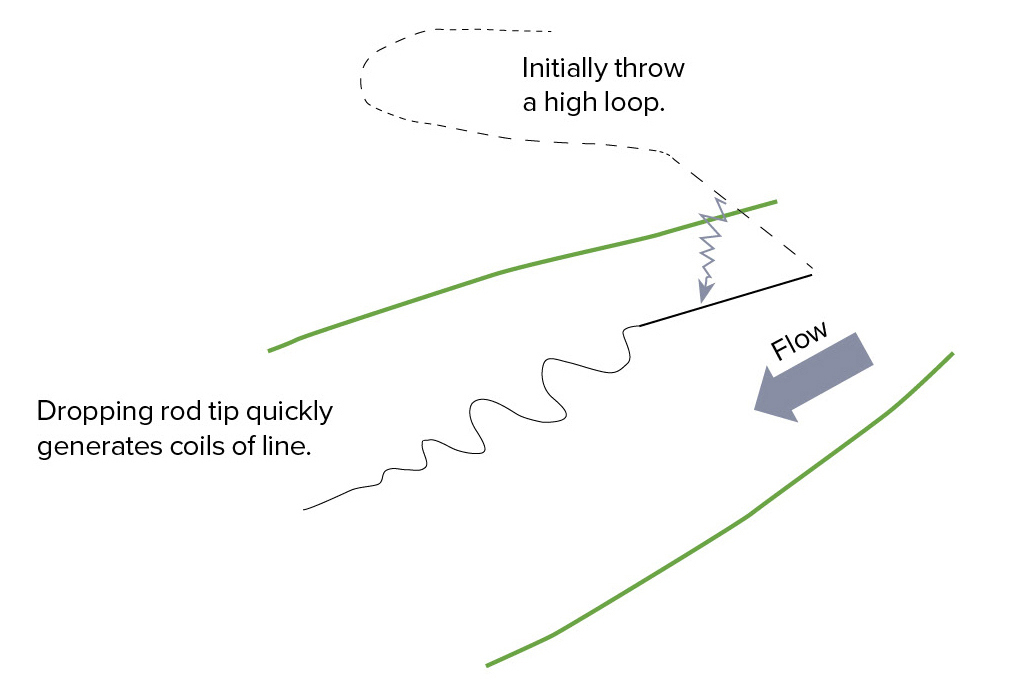
The wiggle cast is more dynamic, offering better presentation in niggling winds. On the final forward cast, the rod is gently wiggled from side to side to create a series of “S” wiggles (diagram 3), which the current gradually irons out as your fly drifts unfettered downstream.
